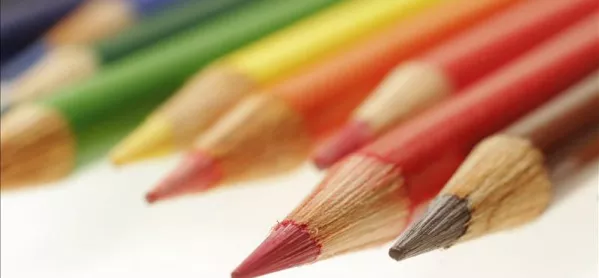I am relatively new to my school setting and, like every new staff member, I wanted to get to know the children a little better. So when our executive headteacher forwarded us an email about a research project called “Drawing the Future”, I saw it as a perfect opportunity to get a real insight into the children I would be teaching.
Drawing the Future gets children thinking about what they want to be when they’re older. Every class member draws themselves in their future career and gives their description of how they could see themselves getting there or who had inspired them to come to that point of thinking. Drawings from all over the country will be analysed and the findings will be released in Tes in January.
Our school’s careers advice tends to revolve around real-life role models. We have in-school visitors and our class names are based on Olympic athletes.
So this more imagination-based drawing exercise was completely different. It was good because when you tell children to write a description of themselves, some can’t verbalise what that should be. It may not be a perfect piece of art, but because everyone draws in their own quirky way, it reveals something about each student’s personality.
Hearing their explanations and then being able to put that into a drawing was almost like a picture into their minds. I urge you to take part, too, as it is a fantastic experience for both students and teachers (you can get more information here).
The end results
While I don’t want to ruin the surprise of the final results by telling you exactly what our students drew, I can give you some clues.
I didn’t see many reinforced gender stereotypes, which was good because I tend to work on a gender-neutral backdrop where anyone can achieve what they want. I was also impressed in the differences between the career choices - the scope was much broader than I expected, but never unrealistic for what they may end up achieving.
I was surprised to find that the insight the competition gave me into students’ minds also helped in terms of my teaching and how I can now guide them: we can now look to use the particular interest that they want to develop.
I make sure students feel that their goal is something they think they can achieve. I try to link what they’re doing on a daily basis to some wider purpose, so children can see the link to what they can do in the future. It is about high expectations, but also pushing students to let them know there aren’t many limits to what they can do.
This exercise encouraged me to keep promoting a sense of self-esteem.
There were quite a few cases where I felt like I’d learned something about that child that I wouldn’t have known otherwise. I also now think broadening horizons is something I could explore further with students.
Drawing the Future reveals quite a bit about your children that you might not have thought about. It gives a really good snapshot of future goals or thoughts that they have, which I think is always invaluable, being able to learn more about the individuals on a daily basis.
Lucy Richardson is a class teacher in a school on the Isle of Wight
